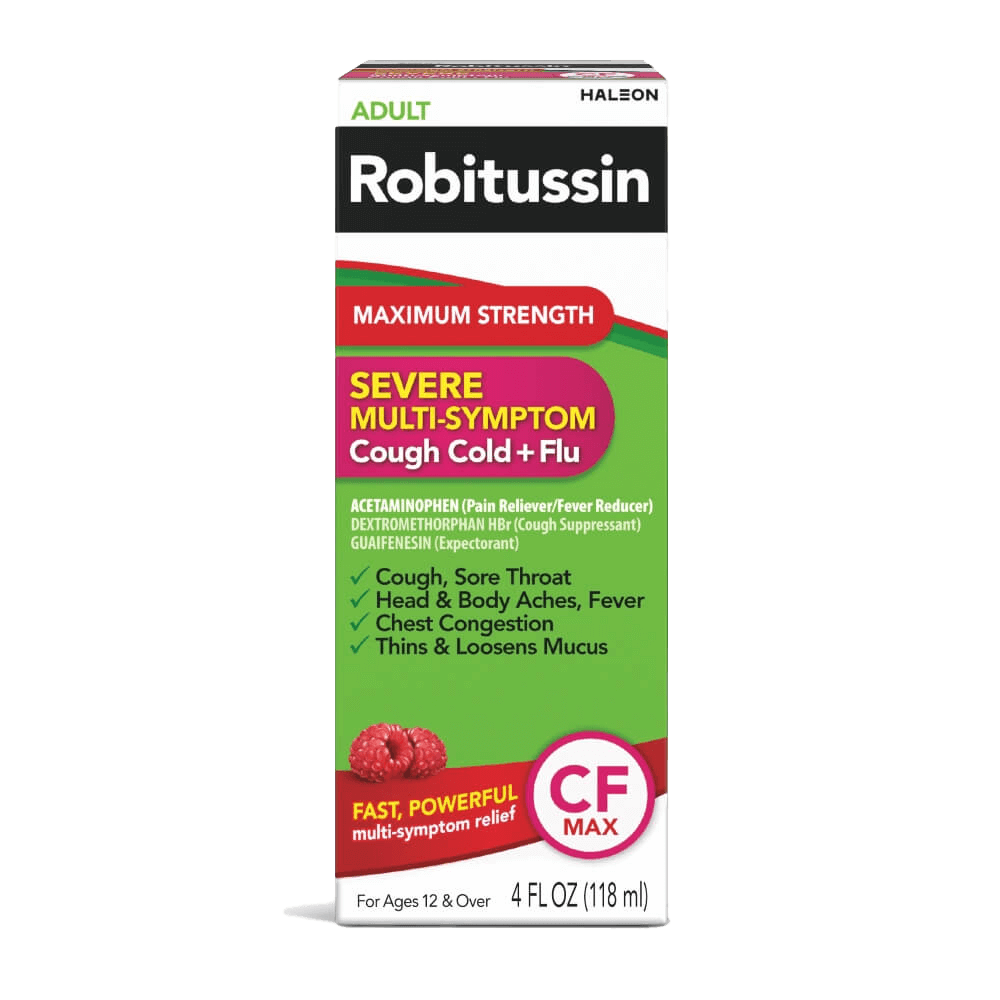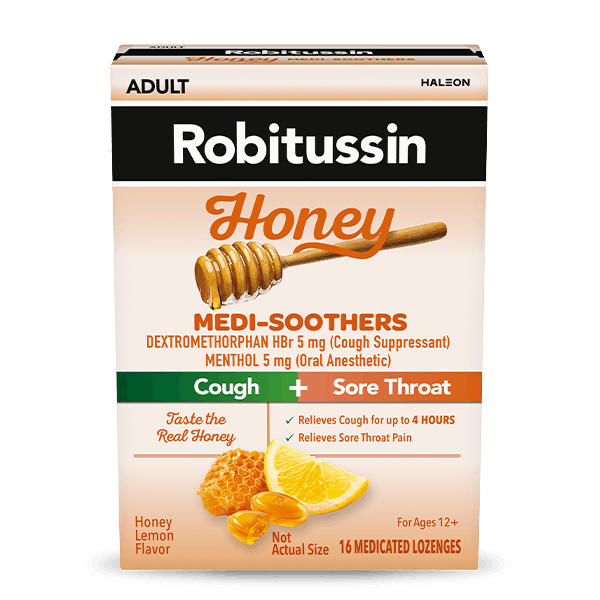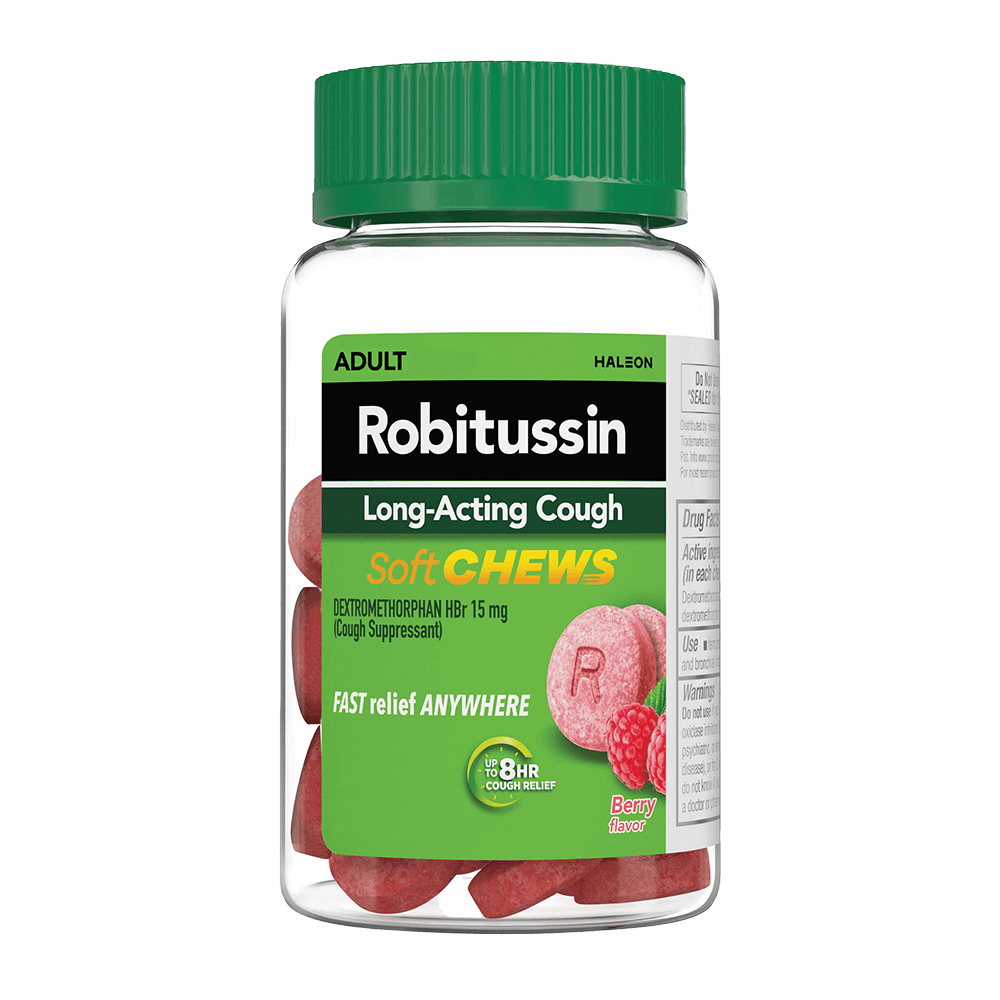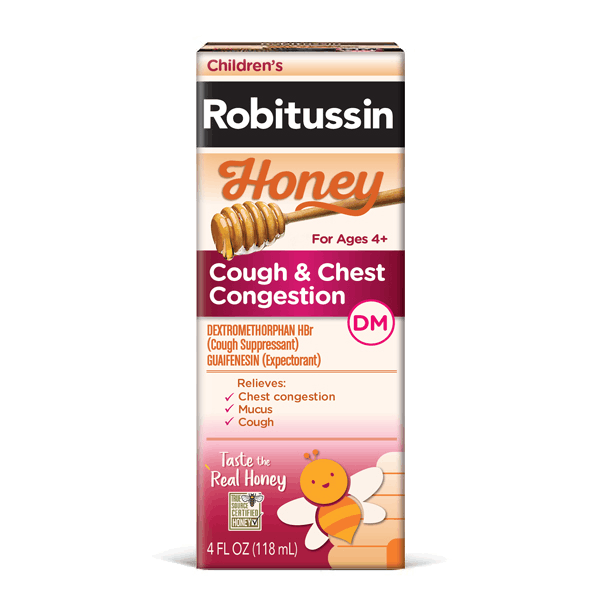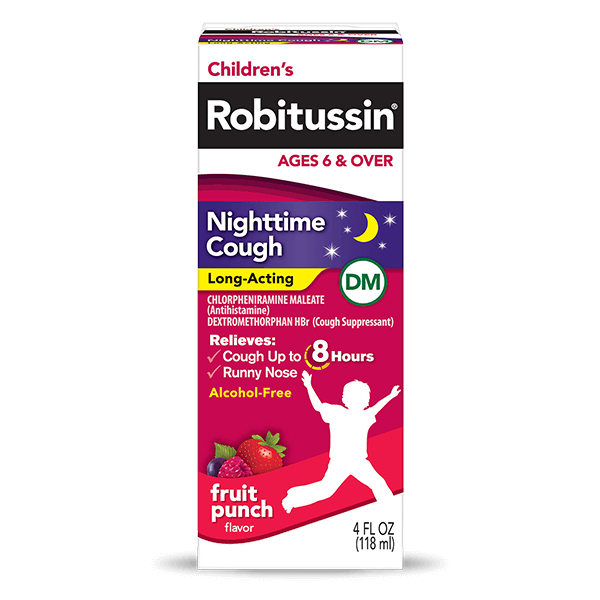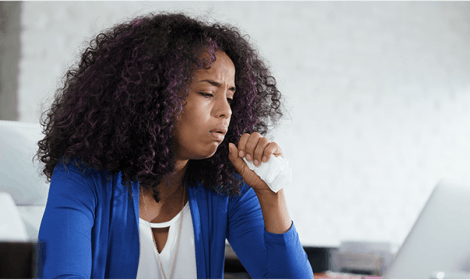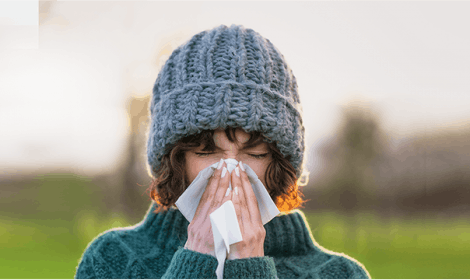What Is Catarrh?
The word catarrh is not terribly common in the United States. It has its roots in Latin and Greek and translates to “flow down.”1 It most commonly used in pathology as another word for the inflammation of a mucus membrane in the respiratory tract that may result in excessive secretions.1 You may have heard of the related terms “rhinitis.”1 Read on to learn what causes catarrh and how to treat it.

Are catarrh, rhinitis and post-nasal drip the same thing?
Yes. Rhinitis is defined as the inflammation of your nasal tissues.2 Rhinitis is commonly accompanied by rhinorrhea, which is a runny nose.2 A runny nose occurs when mucus is discharged from the nose due to colder outdoor temperatures or by the flu, a cold or allergies.2 Sometimes, a runny nose and a congested, stuffy nose occur at the same time, due to the tissues lining the nose becoming inflamed.2 This inflammation may make it difficult to breathe, and mucus may run out of your nose.2 When you have too much mucus that drips down the back of your throat from your nose, it’s called post-nasal drip.2,3 It’s a symptom of rhinitis that is characterized by throat clearing and frequent swallowing due to irritation from the mucus.3
What causes catarrh?
A runny nose and its corresponding post-nasal drip can be linked to lots of causes. Some possible reasons that your nose might be secreting more mucus than usual include:2,3
- Common cold
- Cold weather
- Flu
- Allergies
- Gustatory rhinitis, which results in a runny nose after eating certain foods
- Pregnancy and birth control pills
- Some high blood pressure medications
- Irregular nose cartilage
What’s more, the type of mucus your nose produces can depend on the irritant. Thin, clear nasal secretions are usually due to a cold or cold temperatures.3 Thicker nasal secretions can be the result of warm, dry air in the nasal cavity, sinus infections and allergic reactions, especially to dairy products.3 Post-nasal drip can lead to a sore throat due to mucus causing irritation as it drips down the back of your throat.2,3
How do I manage catarrh?
A runny nose associated with a cold will typically go away on its own, but understanding what’s causing the inflammation, or rhinitis, can help it to go away more quickly.2 When post-nasal drip is associated with allergies, it can be best managed by avoiding the causes.3
Catarrh can be irritating; the inflamed nasal passages may make it difficult to breathe, and the post-nasal drip can give you a sore throat. Thankfully, there are a few ways to manage these symptoms at home so that you can find some relief:2,3
- Get lots of rest
- Drink plenty of fluids
- Use a humidifier by your bed if your congestion is due to warm, dry air
- Avoid caffeine
There are over-the-counter medications that can help the mucus secretions to pass more easily. Look for products that contain mucus-thinning agents like guaifenesin.3 Nonprescription saline nasal sprays can help to keep nasal cavities moist and relieve symptoms by loosening the mucus in your nose.2,3
Can I prevent catarrh?
While there’s no way to fully prevent a runny nose or post-nasal drip, practicing good hygiene can stop germs from spreading and keep you from getting sick.2 A runny nose is often a symptom of a more contagious condition, so take steps to keep yourself healthy and consider your sick etiquette.2
One of the easiest ways to prevent the spread of germs is to wash your hands often and throw away used tissues after wiping or blowing your nose.2 Instead of coughing or sneezing into your hands, use the inside of your elbow to cover your mouth.2 Clean and disinfect common surfaces like door handles, bathroom fixtures and phones to prevent germs from spreading from person to person.2
It can feel like catarrh is sidelining you, thanks to uncomfortable sinus pressure, a sore throat and a runny nose. But if you take care of yourself, you should be feeling better in no time.
Source Citations:
- **True Source Honey is ethically and transparently sourced. Click here to learn more
- ^Read more about our non-GMO standard. here
- ⚬This product contains the active ingredients Dextromethorphan.
- **This product contains the active ingredients Dextromethorphan and Guaifenesin.
- *These statements have not been evaluated by the Food and Drug Administration. This product is not intended to diagnose, treat, cure or prevent any disease.
- Use as Directed.

